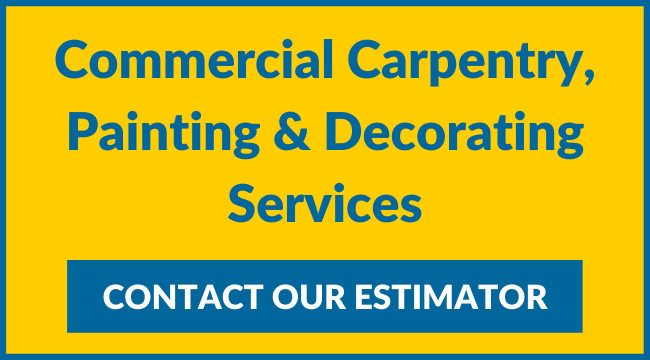
Improving Safety And Wellbeing For Women In Construction
The PPE Gender Design Gap
‘Shapeless’ is one of the common descriptive terms used to describe personal protective equipment (PPE). PPE has a neutral and shapeless design to accommodate as many body shapes and sizes as possible. But there’s a catch. In practice, most PPE is intrinsically designed for a male physique, so isn’t ‘shapeless’ or ‘neutral’ at all when it comes to women.As a result, a lot of PPE clothing doesn’t fit many women comfortably. At best, this can lead to discomfort and embarrassment for women attempting to use PPE, further discouraging them from taking on on-site roles. At worst, it can reduce the effectiveness of the PPE or render it unusable, increasing the exposure of female workers to a wide range of safety hazards, from falls to head injuries.Some PPE designers are diversifying into clothing and equipment that better accommodates the needs of females, with features like improved fit, lighter weight materials, and better curve accommodation, but there is still a long way to go.By prioritising female centric designs and ensuring that each site has an adequate supply of appropriate PPE for female workers, businesses and clients can enhance safety, effectiveness, and productivity for their female construction workers.
Other Pieces Of The Puzzle
Access to appropriate PPE is just one piece of the puzzle when it comes to female safety in construction. There are other steps that can be taken to improve safety and comfort for women, many of which do not require major adjustments, and can be achieved with minimal cost.A major step would be to ensure access to adequate sanitation facilities for women on site, which are frequently lacking even in administrative and visitor-focused buildings. Going beyond this, making better provision for female visitors and employees who are menstruating, pregnant or affected by menopause, and, for example, providing female-appropriate training and advice on manual handling and prevention of musculoskeletal disorders (MSDs) will also make construction projects more welcoming work environments for women.
Get In Touch To Continue The Conversation
By working together, industry stakeholders can create a construction sector in which women can thrive and grow. To share your thoughts and experiences on this important topic, please feel free to contact us!
Image source: Canva
Click on the categories below to find out more about:

Connect with Us
Share this Page
More Posts
Recent Posts
- Celebrating Neurodiversity in Construction
- How to Encourage Women into Construction
- The Triple Threat To Contractors And Their Housing Projects
- SC4 and Lovell host 30 carpentry students
- Improving Safety And Wellbeing For Women In Construction
- Timber Tales: Exploring The Art And Science Of Timber Construction
